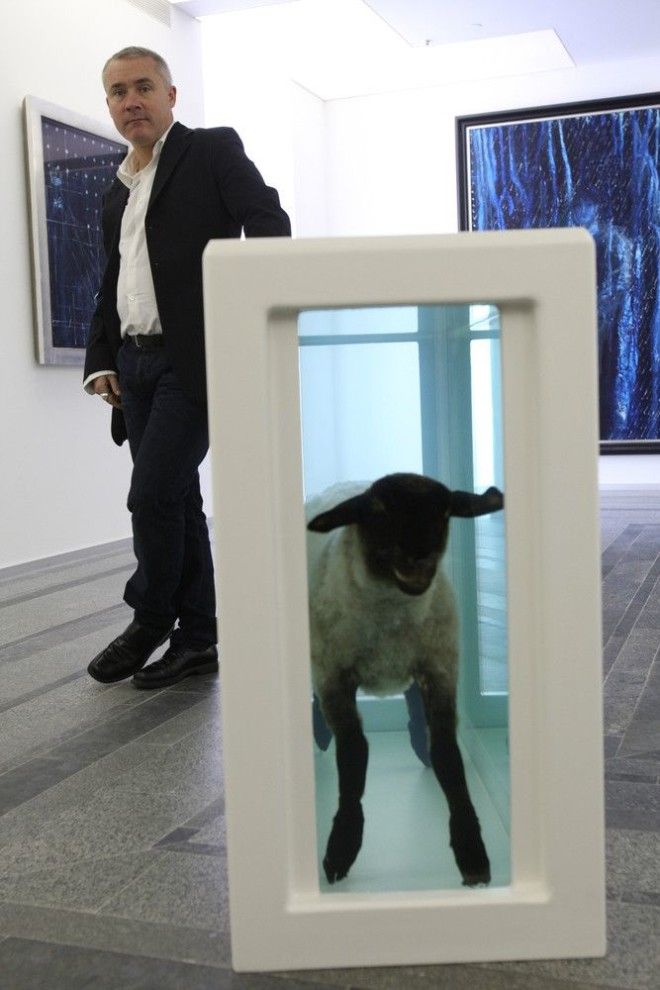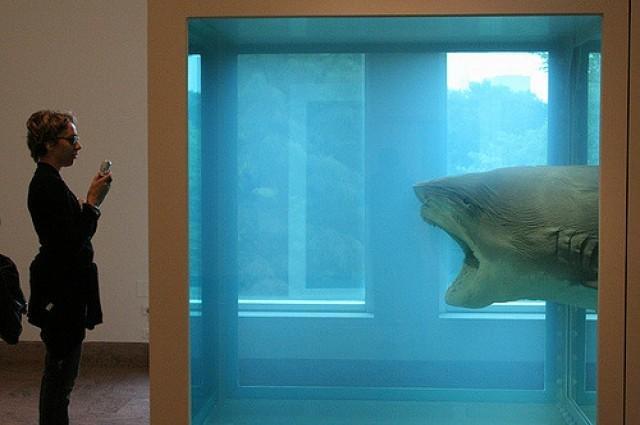The sculptures – which included the dead bodies of a lamb and a sliced-in-half cow – were leaking potentially dangerous levels of formaldehyde gas into an exhibition held at London's Tate Modern gallery in 2012, according to a recent study published in Analytical Methods.
The team of researchers used a formaldehyde fume-detecting bracelet, which transferred data via Bluetooth to a smartphone, and a chemochromic sticker attached to a smartphone camera. These methods showed that the area around the tanks was emitting fumes at levels of 5 parts per million (ppm), which is ten times higher than the recommended 0.5 ppm limit.
The National Cancer Institution says: “When formaldehyde is present in the air at levels exceeding 0.1 ppm, some individuals may experience adverse effects such as watery eyes; burning sensations in the eyes, nose, and throat; coughing; wheezing; nausea; and skin irritation.” Effects of long-term and consistent exposure are unclear, although there is disputed evidence it can be linked to cancer.

Hirst with a lamb installation in Kyiv, Ukraine on April 23, 2009.
Tests at the Summer Palace in Beijing also showed that formaldehyde gas was found near some of their artworks, which do not include any works by Hirst. Although it’s important to point out, you won’t be needing to wear a Hazmat suit if you’re going to an art gallery this week. Millions of people across the world have been amused and bemused by the installations, with no apparent side effects.
Advertising
Damien Hirst has released a statement on his website saying the risk to public health was minimal, while condemning the accuracy of the study.
He said, “We do regular testing and our experts tell us that at the levels reported by this journal, your eyes would be streaming and you would be in serious physical discomfort. No such complaints were made to us during the show – or at any other shows or sites featuring the formaldehyde works. We don’t believe any risk was posed to the public."
A Tate Modern spokesperson added: “Tate always puts the safety of its staff and visitors first, and we take all the necessary precautions when installing and displaying our exhibitions. These works contained a very dilute formaldehyde solution that was contained within sealed tanks.”
Then again, Hirst is known for his obsession with controversy, health, and death. Maybe this is just his most visceral piece yet.

